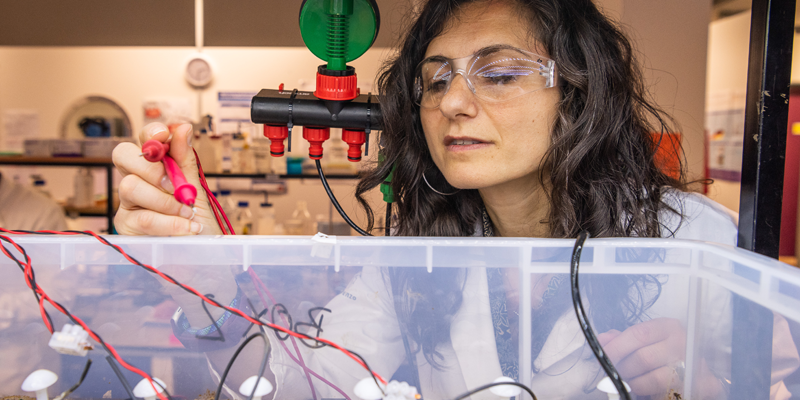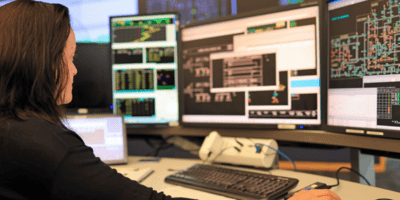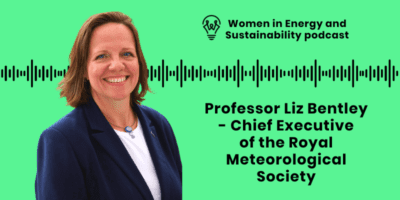Professor Mirella Di Lorenzo is a professor of biochemical engineering in the Department of Chemical Engineering at the University of Bath. She graduated from the Federico II University of Napoli, in Italy, in 2003, before moving to the Ernst-Moritz-Arndt University of Greifswald, in Germany, where she went on to gain a PhD in industrial biotechnology in 2007. Mirella has subsequently worked in research and post-doc positions at Newcastle University and the National Nanotechnology Laboratory of Lecce, before joining the University of Bath in 2011.
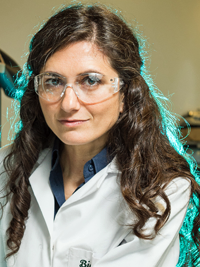
“My ambition is to tackle the biggest challenges of our era – the energy crisis, water scarcity and healthcare provision – by developing sustainable and environmentally friendly solutions affordable to all.”
Finding my passion for biochemical engineering
I graduated in chemical engineering (MEng) in Italy and then I pursued a PhD in industrial biotechnology in Germany. I then worked as a post-doctoral research associate at Newcastle University for one year and in Italy for two years, before joining the University of Bath in 2011 as a lecturer in the Department of Chemical Engineering. In September 2022, I was promoted to professor of biochemical engineering. Currently, I also serve as Associate Dean for Internationalisation for the Faculty of Engineering and Design and I am the co-director of the Research Centre for Bioengineering and Biomedical Technologies (CBio).
One professor, three roles
It is as if my work consisted of three different jobs and my days were a fair balance of the three, with a prevalence of one job over the other when necessary:
- I teach undergraduate students;
- I am the leader of a research group, currently consisting of six PhD students and one post-doctoral student;
- I have a major leadership role as Associate Dean for Internationalisation (ADI).
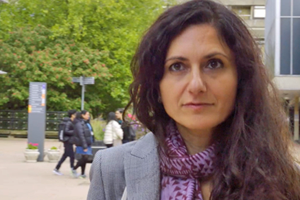
Developing innovative technologies to tackle the biggest challenges of our era
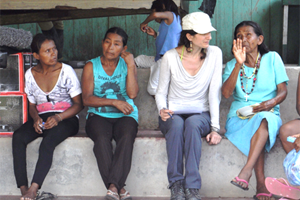
My research is centred around the development of so-called biological fuel cell technology for applications such as the direct generation of electricity from ‘unusual’ fuels (wastewater, urine, soil, sweat, blood, interstitial fluid), environmental monitoring, diagnostics, depollution of contaminated water or soil. Biological fuel cells use bacteria, enzyme or nanostructures to convert sugars naturally present in these unusual fuels, such as glucose, into electricity.
My ambition is to tackle the biggest challenges of our era – the energy crisis, water scarcity and healthcare provision – by developing sustainable and environmentally friendly solutions affordable to all. I pursue a participatory design approach to co-develop solutions with end-users that can generate a positive impact and lead to effective innovation translation. I have worked side-by-side with communities, local government bodies and NGOs [non-governmental organisations] in countries such as Brazil, Colombia and Mexico. Examples include:
- Our work in the Amazon, where we empowered remote communities with cost-effective and intuitive ways to use sensors to test the quality of the water they use daily themselves;
- Our work in the remote fishing village of Icapuí in North-East Brazil, where, with the involvement of pupils, we built in the courtyard of a primary school a system to generate green electricity from soil and used this electricity to power a reactor for water disinfection.
We are particularly excited about our recent achievements on electricity from soil (we are in the process of setting up a start-up on this!) as it is an extremely affordable and emission-free source of energy, compatible with remote applications, such as remote environmental monitoring or smart agriculture.
I am also interested in the development of battery-free wearable and implantable devices powered by glucose from bodily fluids, such as interstitial fluid (the fluid within tissues and cells in our bodies), that can help patients affected by chronic conditions live a better life.
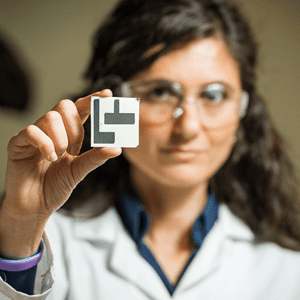
In the UK, there are approximately 60,000 children who suffer from epilepsy and may need to have such an invasive device implanted in their bodies. Moreover, lithium batteries heavily contribute to e-waste. The development of devices that do not rely on these batteries can markedly reduce pollution and help safeguard our planet.
Approaching challenges from multiple angles
Effective solutions can only be generated by approaching a challenge from multiple angles. There is a need for engineers and physical scientists to work together with several stakeholders, such as communities/patients, policymakers, and industries to generate solutions that are practical, truly needed and that will be realistically taken up by end-users.
For example, sustainability does not only involve the generation of green technologies but requires changes of direction in user preferences, the support of manufacturers and the involvement of governmental bodies to drive the change and assist on the translation pathway from the lab to the market.
Equitable solutions are also important because if we want to drive a change (for example with the use of green technologies for energy generation) we must make them affordable to all.
Finding your niche in the sustainability space
There is so much to do in this space that nearly everyone is needed! When considering potential career options I would start by asking myself the question: “What is the particular field related to sustainability that I feel most passionate about?” For example, I may be very passionate about dissemination and communication to a broad audience, or I may be excited about the idea of generating new technologies or new materials, or I may be interested in the disposal of technologies/materials or the possibility to reuse/recycle, or about understanding consumers’ behaviour and how this may affect our environment and so on and so forth.
Once the answer to this question is clear and you have identified what you care most about, you are already halfway there! This may help with the direction of what to study or may help link up with others sharing the same passion, for example in volunteering activities. I am a believer that everyone is truly passionate about something, and can easily find drive and motivation, which will sooner or later lead to success. Guaranteed!
Making electricity … from soil and bodily fluids
We have a start-up coming up soon to help make soil electricity a reality. I am also building on exciting results on healthcare systems powered by glucose from interstitial fluid. Do connect with me on LinkedIn and follow our progress on socials as we’d love to share our progress with the Womanthology community.

